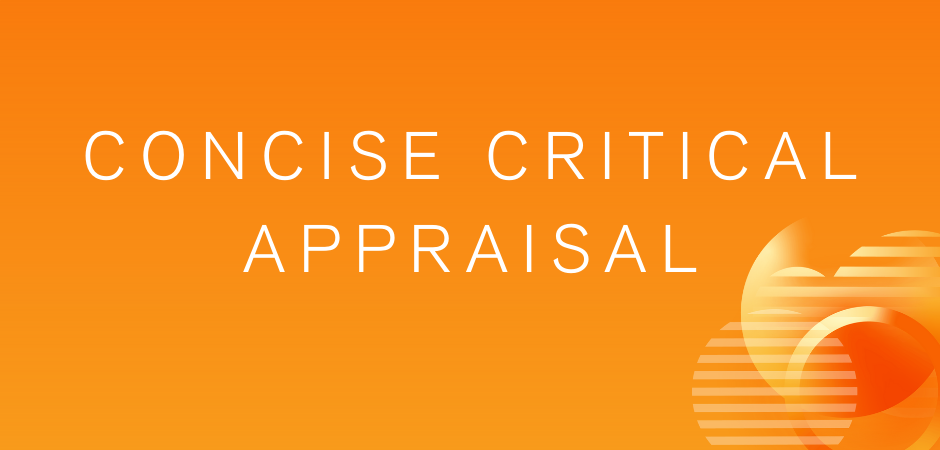Girard et al (N Engl J Med. 2018;379:2506-2516) and Page et al (Lancet Respir Med. 2013;1:515-523) evaluated the treatment of acute delirium with antipsychotics.
About 75% of intensive care unit (ICU) patients have manifestations of delirium. Detrimental effects associated with delirium include increased mortality, prolonged mechanical ventilation, longer lengths of stay, increased costs, and long-term cognitive impairments. Girard et al (
N Engl J Med. 2018;379:2506-2516) and Page et al (
Lancet Respir Med. 2013;1:515-523) evaluated the treatment of acute delirium with antipsychotics. Both studies found no significant change in duration of delirium, duration of mechanical ventilation, or ICU mortality. Despite these conclusions, intensivists across the globe continued to rely on antipsychotics to treat delirium, citing lack of appropriate medication choices in previous trials. To address this deficiency, Girard et al conducted the MIND USA trial (
Crit Care Med. 2010;38:428-437), a randomized controlled trial across 16 hospitals comparing the incidence of delirium among a typical antipsychotic, haloperidol; an atypical antipsychotic, ziprasidone; and placebo.
Eligible patients were adults (older than age 18 years) with delirium admitted to either a medical or surgical ICU, on invasive or noninvasive positive pressure ventilation, in shock, with vasopressor support or intra-aortic balloon pump. Patients were excluded for severe dementia or neurodegenerative disease, torsades de pointes, QT prolongation (QTc > 500 ms), neuroleptic malignant syndrome, or ongoing treatment with antipsychotics. Delirium was assessed twice daily with the Confusion Assessment Method for the ICU, and sedation level was checked with the Richmond Agitation-Sedation Scale. Patients were randomized to receive placebo, haloperidol, or ziprasidone in a 1:1:1 fashion. Doses were doubled if symptoms of delirium persisted (maximum of 20 mg haloperidol and 40 mg ziprasidone daily). Doses were halved if patients were symptom free. Medications were discontinued when patients were delirium free for 4 consecutive assessments or for side effects. Medications were discontinued at 14 days or at ICU discharge.
The primary end point of the study was days free of delirium or coma; secondary end points were ICU and hospital lengths of stay, ventilator-free days, and mortality at 30 and 90 days. A total of 1,183 patients were consented, and 566 patients were found to have delirium before randomization to the 3 groups. At randomization, 89% of patients had hypoactive delirium, and 10% demonstrated hyperactive delirium; 21% received an open-labelled antipsychotic across all groups, and 88% received care in adherence with the ABCDE bundle (95% were adherent to spontaneous awakening trial protocols and spontaneous breathing trial protocols; 87% underwent early mobility interventions). Nonpharmacologic interventions to reduce delirium were maximized for 99% of eligible participant-days (active orientation, sleep-promoting strategies, and interventions addressing sensory deficits [eg, eyeglasses and hearing aids]). Sedative and analgesic utilization was consistent across all groups.
No difference was found in delirium-free days: 8.5 (95% CI, 5.6–9.9) in the placebo group, 7.9 (95% CI, 4.4–9.6) in the haloperidol group, and 8.7 (95% CI, 5.9–10.0) in the ziprasidone group (
p = 0.26 across all trial groups). The use of haloperidol or ziprasidone, when independently compared with placebo, also demonstrated no significant improvement in delirium-free days (odds ratios, 0.88 [95% CI, 0.64–1.21] and 1.04 [95% CI, 0.73–1.48], respectively). Time to ICU and hospital discharge, days to freedom from mechanical ventilation, and mortality at 30 and 90 days were also found to be not significantly different among the three treatment groups. Finally, safety end points, including frequency of excessive sedation and frequency of extrapyramidal symptoms, were not significantly different among treatments.
An important criticism of this study is the high proportion of patients with hypoactive delirium (89%). Previous studies have noted a high prevalence of this phenotype but no study has looked at individualized treatment of hypoactive delirium. Because of the low incidence of hyperactive delirium in the study, minimal conclusions can be drawn regarding the efficacy of ziprasidone or haloperidol in this patient population. Additionally, ziprasidone was chosen as the atypical antipsychotic instead of the more widely used quetiapine, which raises even more skepticism about the widespread applicability of the findings. What can be noted is that one drug does not fit all and that further studies are needed to better understand and treat delirium and its subtypes, especially hypoactive delirium. Because the evidence is not well defined, clinicians should tailor sedation to minimize the risk of delirium and implement nonpharmacologic interventions to reduce delirium.
Coauthors of this installment of Concise Critical Appraisal
:
James H. Lantry III, MD, is an assistant professor of emergency and critical care medicine and the associate program director of the Critical Care Fellowship Program at the University of Maryland Medical Center in Baltimore, Maryland, USA. Dr. Lantry is an editor of Concise Critical Appraisal
.
Mohammed Nabeel, MBBS, MD, is a second-year fellow in critical care medicine at the University of Maryland Medical Center in Baltimore, Maryland, USA.
